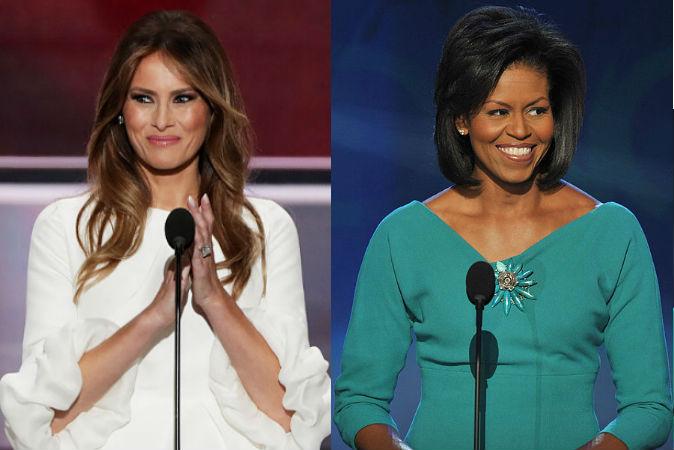Coincidences emerge in the minds of the beholders. Without a human mind to detect them, most coincidences would not exist.
Cognitive processing errors serve for statisticians like Persi Diaconis and David Hand as a bulwark against the potential meaningfulness of coincidences. Their perspective shows us how our minds help to create meaningful coincidences.
We can pop coincidences into existence by perceiving patterns where there are none. When taken to an extreme, this tendency has a name, “apophenia.”
The Oxford dictionary defines coincidence as “a remarkable concurrence of events or circumstances without apparent causal connection.” We can perceive a concurrence by overemphasizing or stretching the similarities of the events and by selectively remembering events.
Let’s examine these two very common tendencies.
Stretching Similarity
Just how similar is “similar”? Computer software developers are seeking an objective answer to this question, trying to develop algorithms to evaluate degree of similarity. But, for now, degree of similarity remains subjective. Human beings are still better than computers at finding patterns and judging similarity.
But there will always be someone who will claim that my “similar” is not similar enough.
Sometimes we may stretch similarity beyond what is reasonable to create coincidences out of two or more unrelated events. We sometimes see similarities that may not be there because we want the connection to be there.




